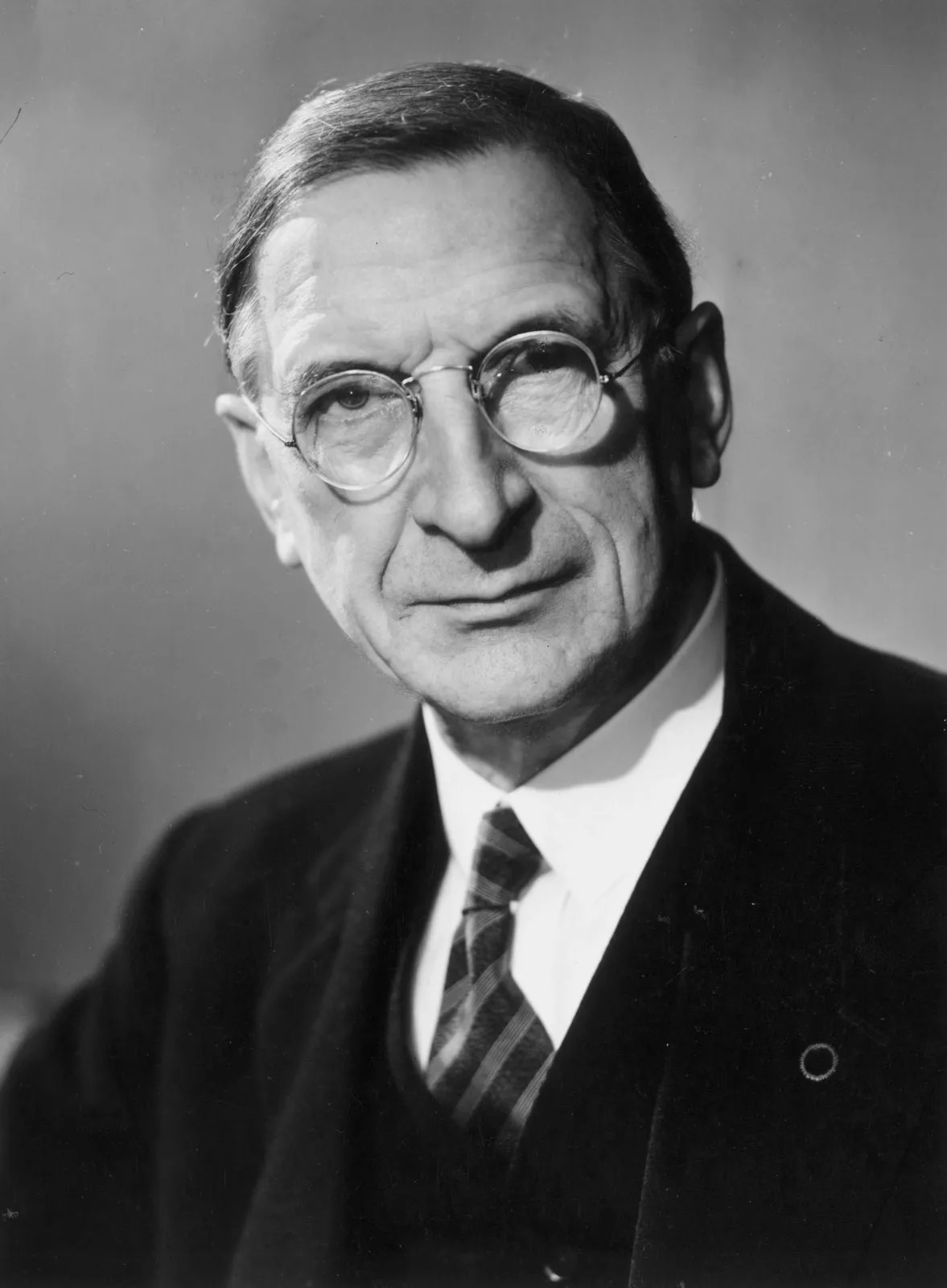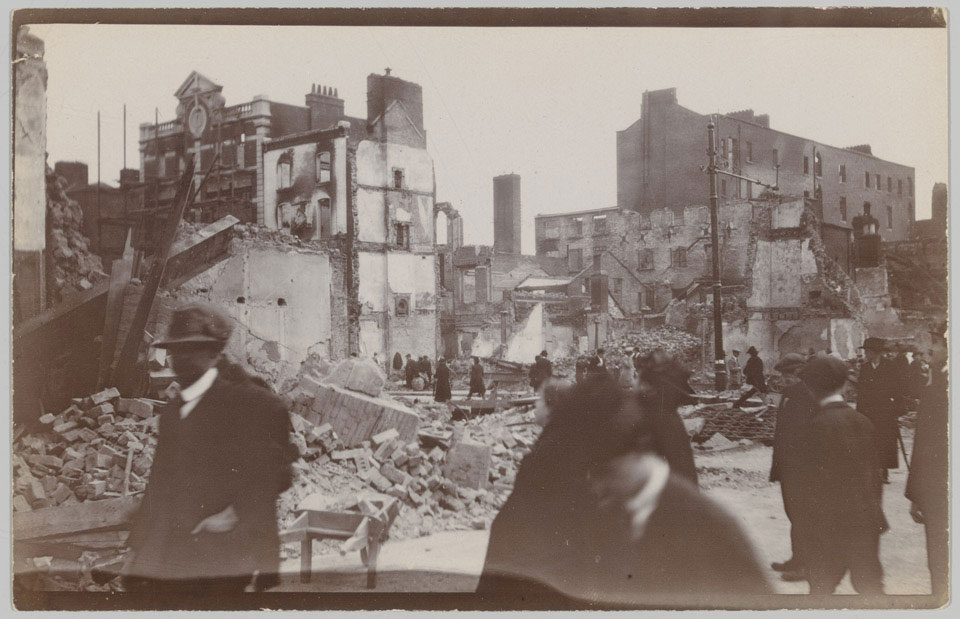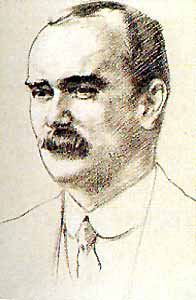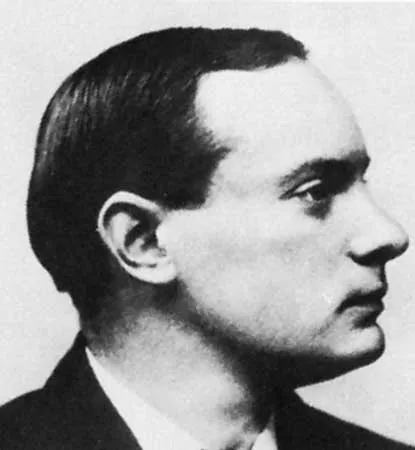Background and Causes of the Easter Rising
The Easter Rising of 1916 did not occur in a vacuum. It was the culmination of decades of political and social movements, shaped by a growing sense of Irish nationalism and a desire for independence from British rule. Several key events, including the failed Home Rule movement and the rise of secret revolutionary organizations, set the stage for this pivotal moment in Irish history.
In the years leading up to the Rising, the Irish Republican Brotherhood (IRB), the Gaelic League, and other nationalist groups gained momentum, pushing for the restoration of Irish self-governance. Despite the passing of the Third Home Rule Act in 1914, which was meant to grant Ireland limited autonomy, the outbreak of World War I delayed its implementation. Many nationalists, disillusioned by the political establishment’s inability to act decisively, began turning to more radical means of resistance. As historian James Connolly, a key figure in the rebellion, put it: "We are the last people on earth who should be asked to lay down arms... our fight is for liberty" (Connolly, 1916).




